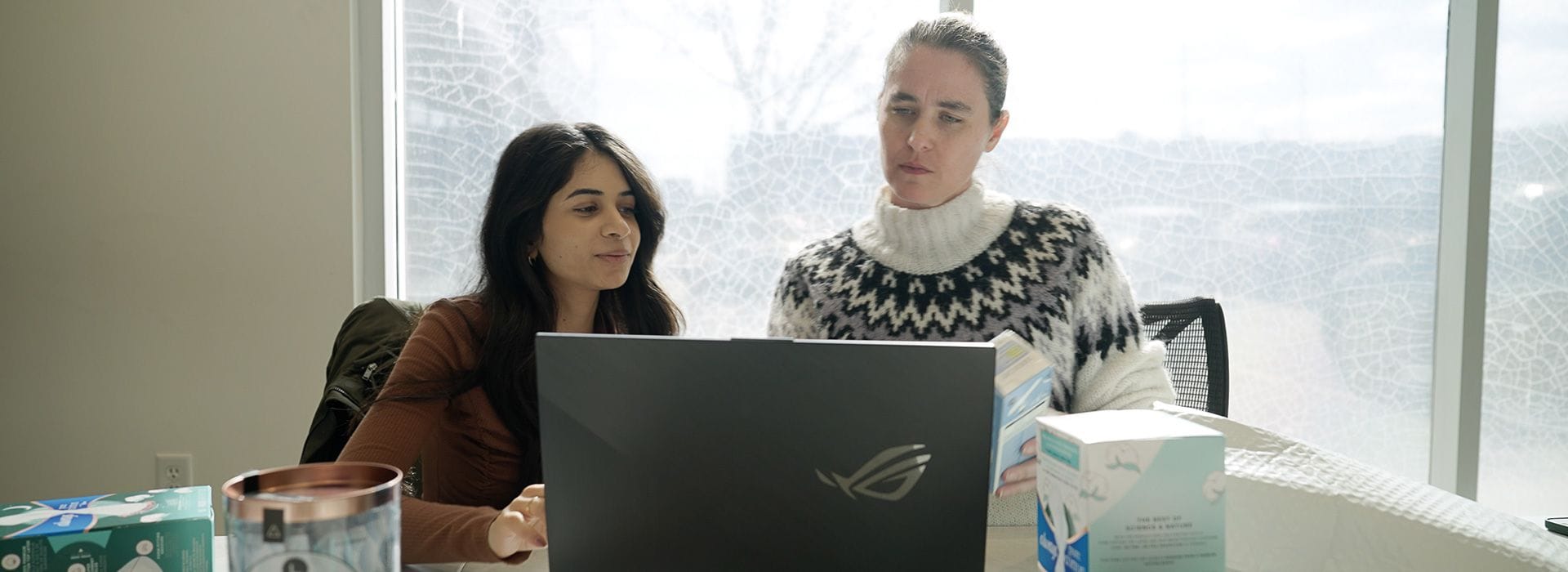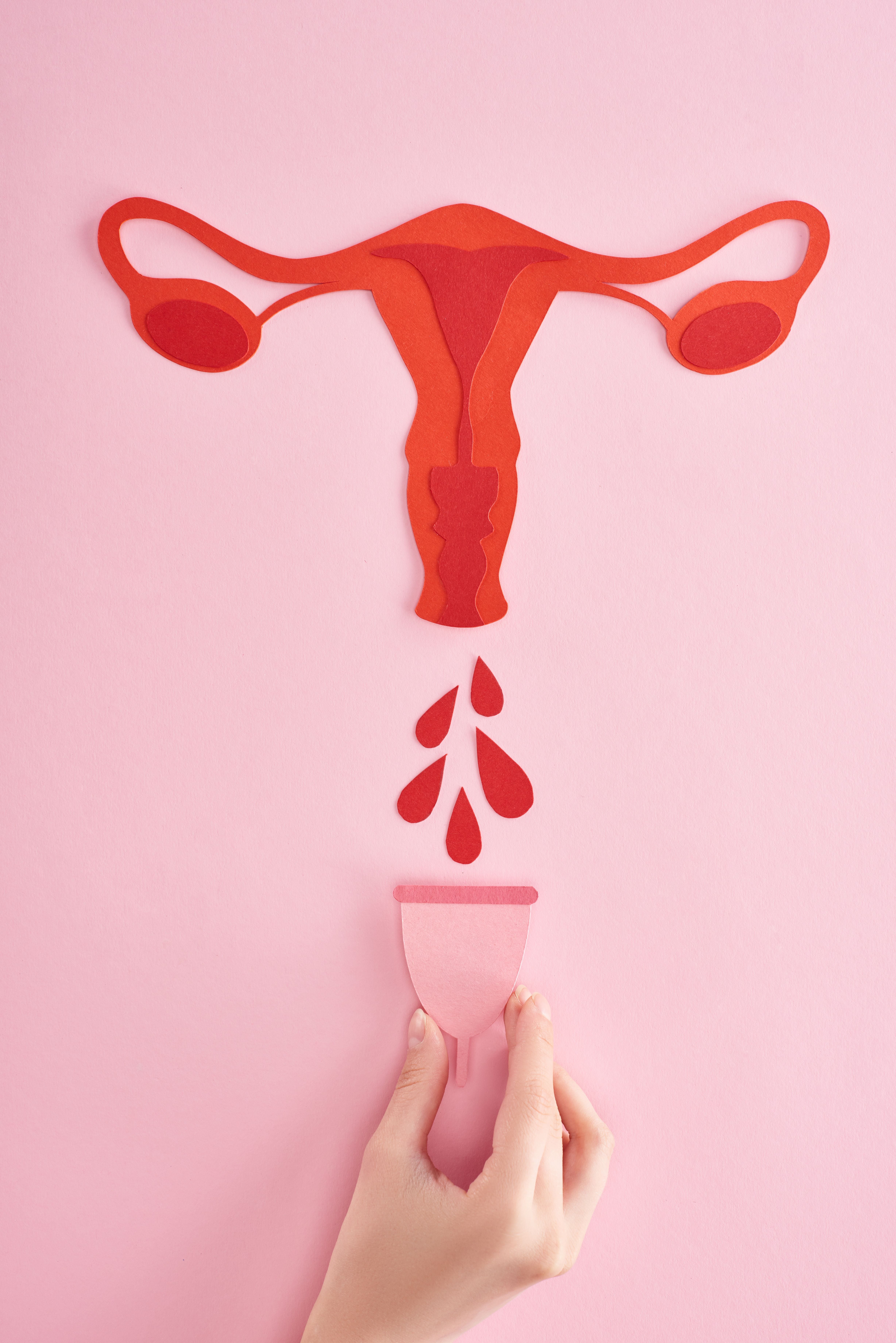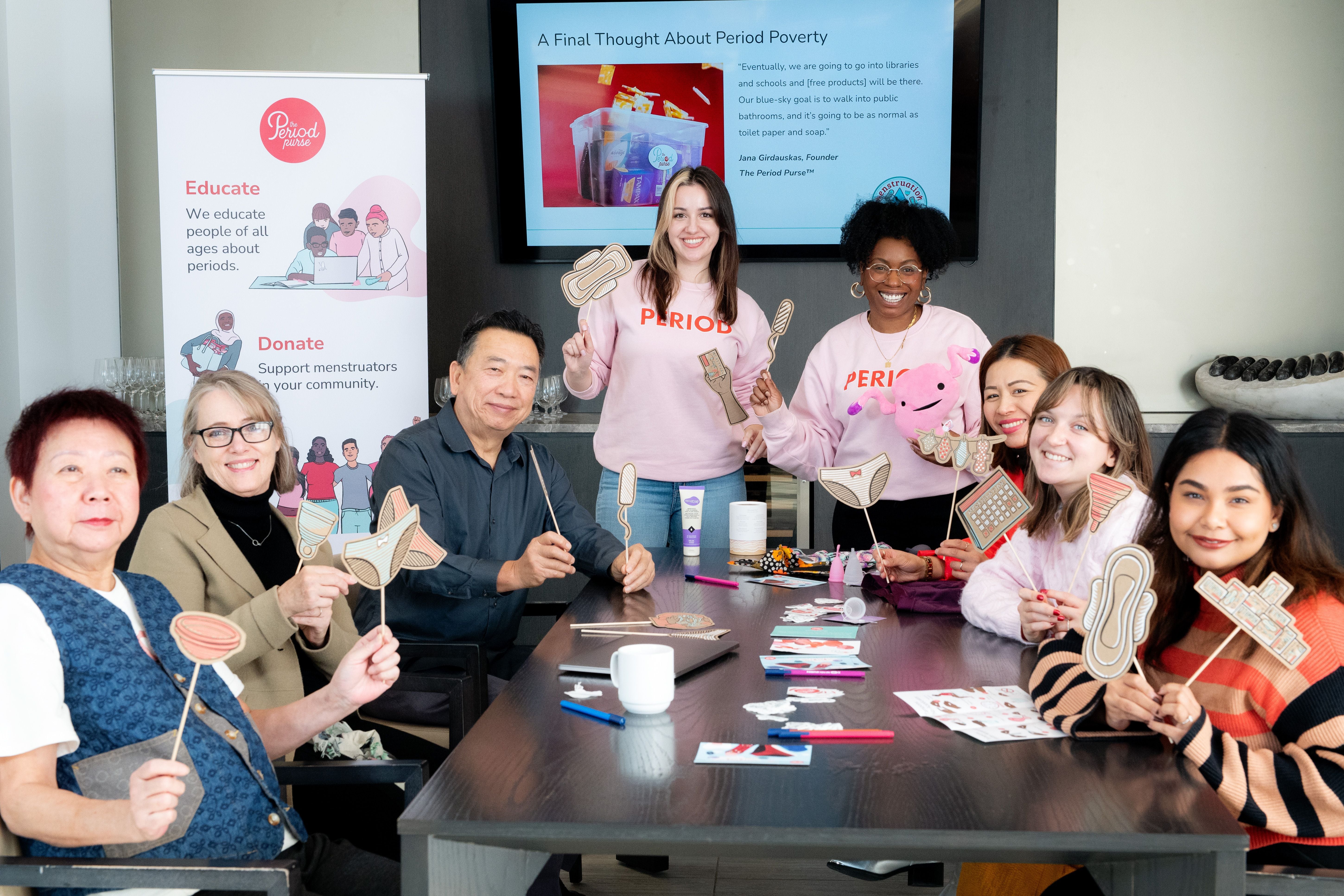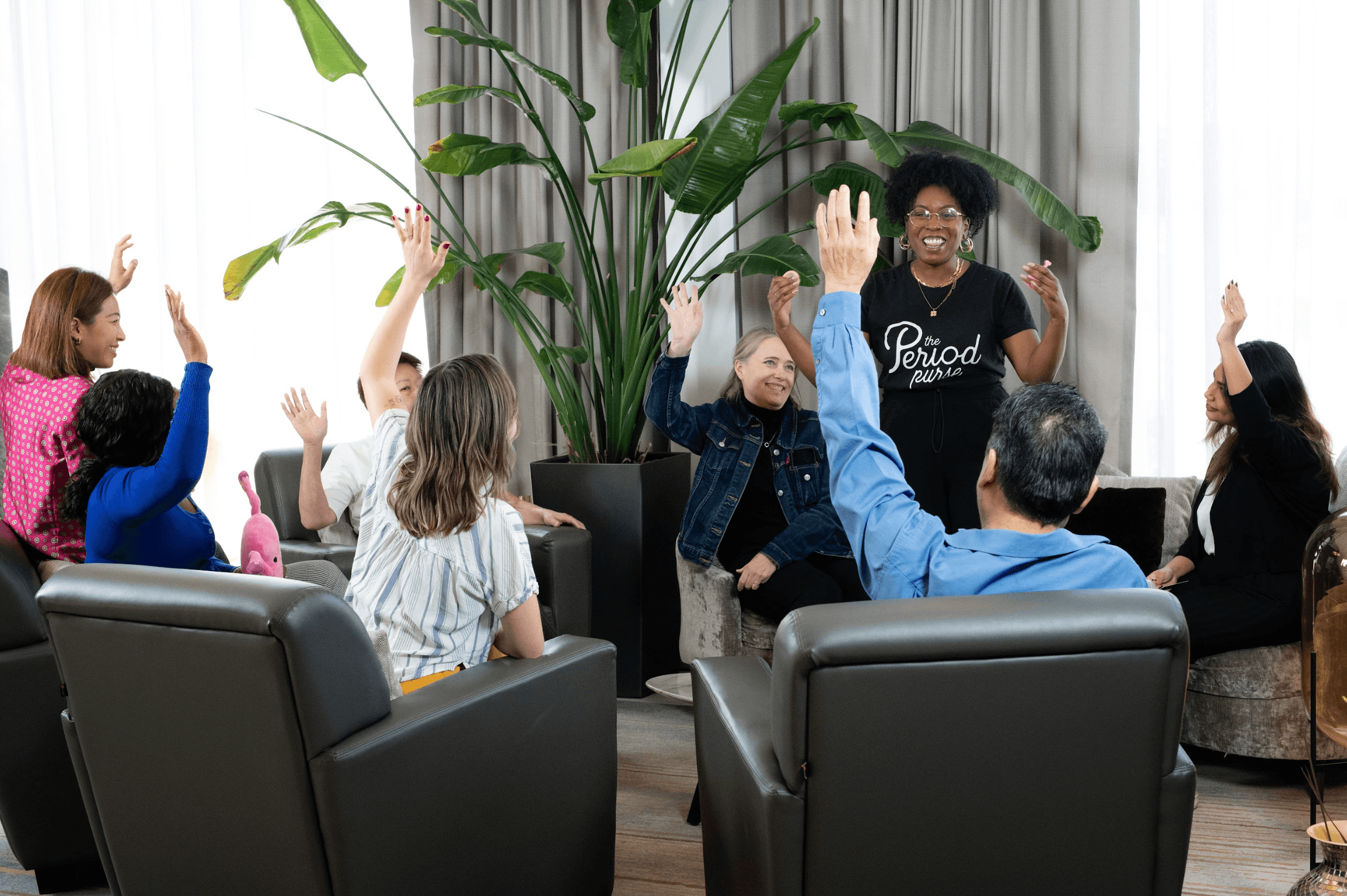
You could be the reason someone doesn’t have to choose between food or period products…every single month.
This holiday s...
24 November 2025
I thought I was a late bloomer – I wasn’t, but it felt like I was when I compared myself to my friends. They started wearing bras befor...
22 October 2025
From August 2024 to March 2025, The Period Purse (TPP) embarked on a menstrual equity and community needs assessment research project to understand...
10 September 2025
The Board of Directors and staff of The Period Purse (TPP) are super excited to announce that Sarah Mayes has joined the team as our new Executive ...
8 September 2025
Do you know that your period is only one of four phases in the menstrual cycle?
After menstruation comes the follicular, ovulatory, and lute...
22 August 2025
“I want to swim with my friends at the beach, but I don’t like tampons.”
“My kid is going to summer camp for two weeks &nd...
“My kid is going to summer camp for two weeks &nd...
24 July 2025
What do pride and period equity have in common? More than you might think!
1. Social movements rooted in protest.
Both pride and mens...
18 June 2025
May 28 is Menstrual Health Day (MH Day*) – an annual, global awareness day that mobilizes governments, organizations, and individuals in over...
12 June 2025
On May 28th, we are working with communities across the country to celebrate and acknowledge Menstrual Health Day; a global day to take action by t...
15 May 2025
Our work in supplying period products to those who need them is essential, but it’s also a temporary solution to some serious policy gaps.&nb...
18 April 2025
24 November 2025
You could be the reason someone doesn’t have to choose between food or period products…every single month.
This holiday season, we’re calling on our allies to join t...
22 October 2025
I thought I was a late bloomer – I wasn’t, but it felt like I was when I compared myself to my friends. They started wearing bras before me, and they started their periods before me. I ...
10 September 2025
From August 2024 to March 2025, The Period Purse (TPP) embarked on a menstrual equity and community needs assessment research project to understand a bit of the underlying needs and challenges asso...
8 September 2025
The Board of Directors and staff of The Period Purse (TPP) are super excited to announce that Sarah Mayes has joined the team as our new Executive Director! Sarah is diving in and we thought ...
22 August 2025
Do you know that your period is only one of four phases in the menstrual cycle?
After menstruation comes the follicular, ovulatory, and luteal phases. This cycle lasts 28 days on average, va...
24 July 2025
“I want to swim with my friends at the beach, but I don’t like tampons.”
“My kid is going to summer camp for two weeks – what if she gets her first period while she&r...
“My kid is going to summer camp for two weeks – what if she gets her first period while she&r...
18 June 2025
What do pride and period equity have in common? More than you might think!
1. Social movements rooted in protest.
Both pride and menstrual equity represent a refusal to accept systemi...
12 June 2025
May 28 is Menstrual Health Day (MH Day*) – an annual, global awareness day that mobilizes governments, organizations, and individuals in over 75 countries for a period-friendly world.
...
15 May 2025
On May 28th, we are working with communities across the country to celebrate and acknowledge Menstrual Health Day; a global day to take action by talking openly about periods, challenge stigma, and...
18 April 2025
Our work in supplying period products to those who need them is essential, but it’s also a temporary solution to some serious policy gaps.
Access to menstrual products isn’t a lu...
&geometry(180x180))
)
)
)
)
)
)
)
)
)
)
